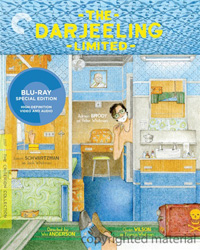The Infidel

Consider the following two scenarios: What would be Tony Soprano’s reaction if he learned that he was born to a Black mother? Or how would Adolf Hitler have responded upon discovering that his mother was Jewish? I pick on these two personalities because their prejudice and scornful attitude toward Blacks and Jews are well known. While the main protagonist in “The Infidel” (2010) is not a celebrated fictional character nor a major military figure, nonetheless his ethnicity reversal does represent a plausible situation that can befall any ordinary human being. Rather than create an emotional drama surrounding the ethnic identity dilemma, director Josh Appignanesi concocts an effective, raunch-less comedy that is thoroughly enjoyable, yet devoid of conventional stereotypes evident in recent comedies coming out of Hollywood . Enter Mahmud (Omid Djalili), who is a devout Muslim, a loving husband to Saamiya (Archie Panjabi), and a devoted father, with a buddy-type relationship with his son





